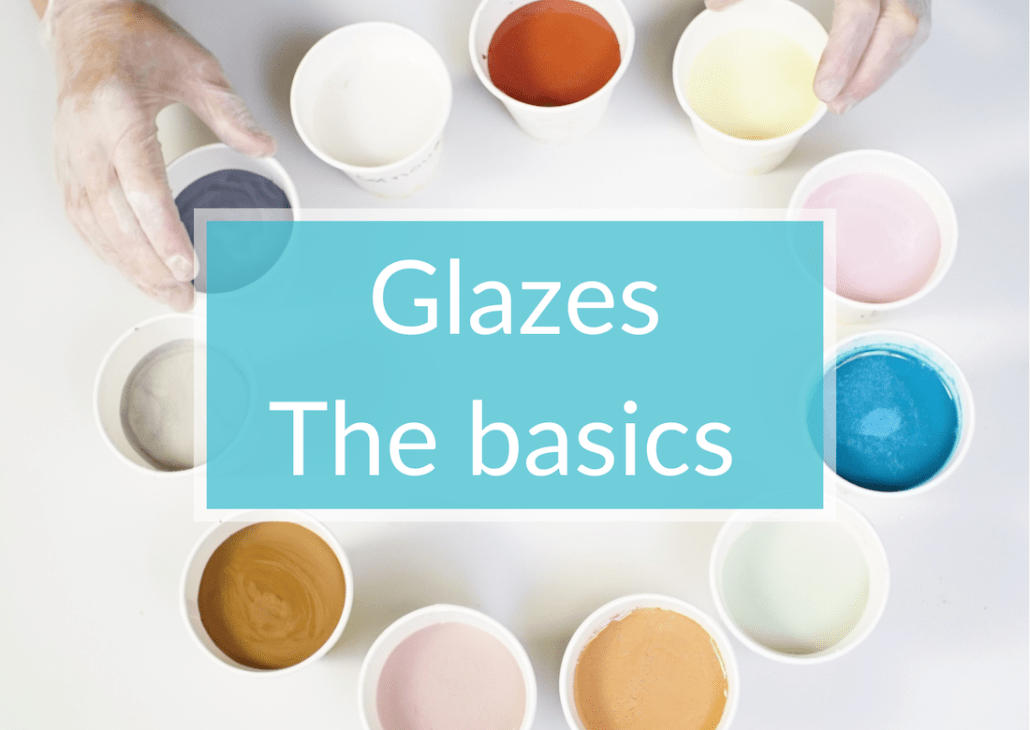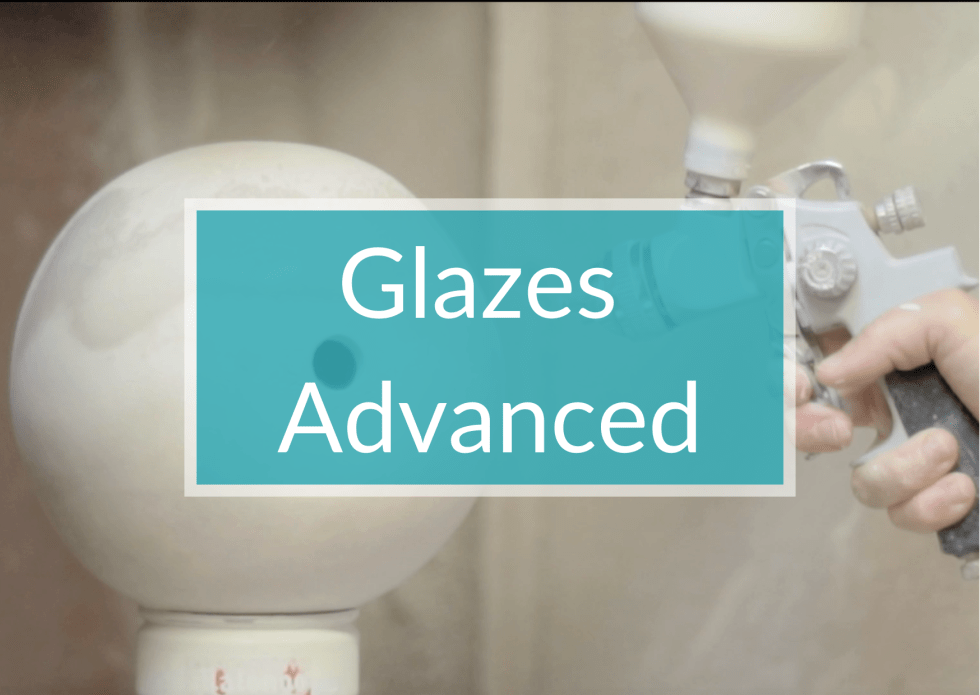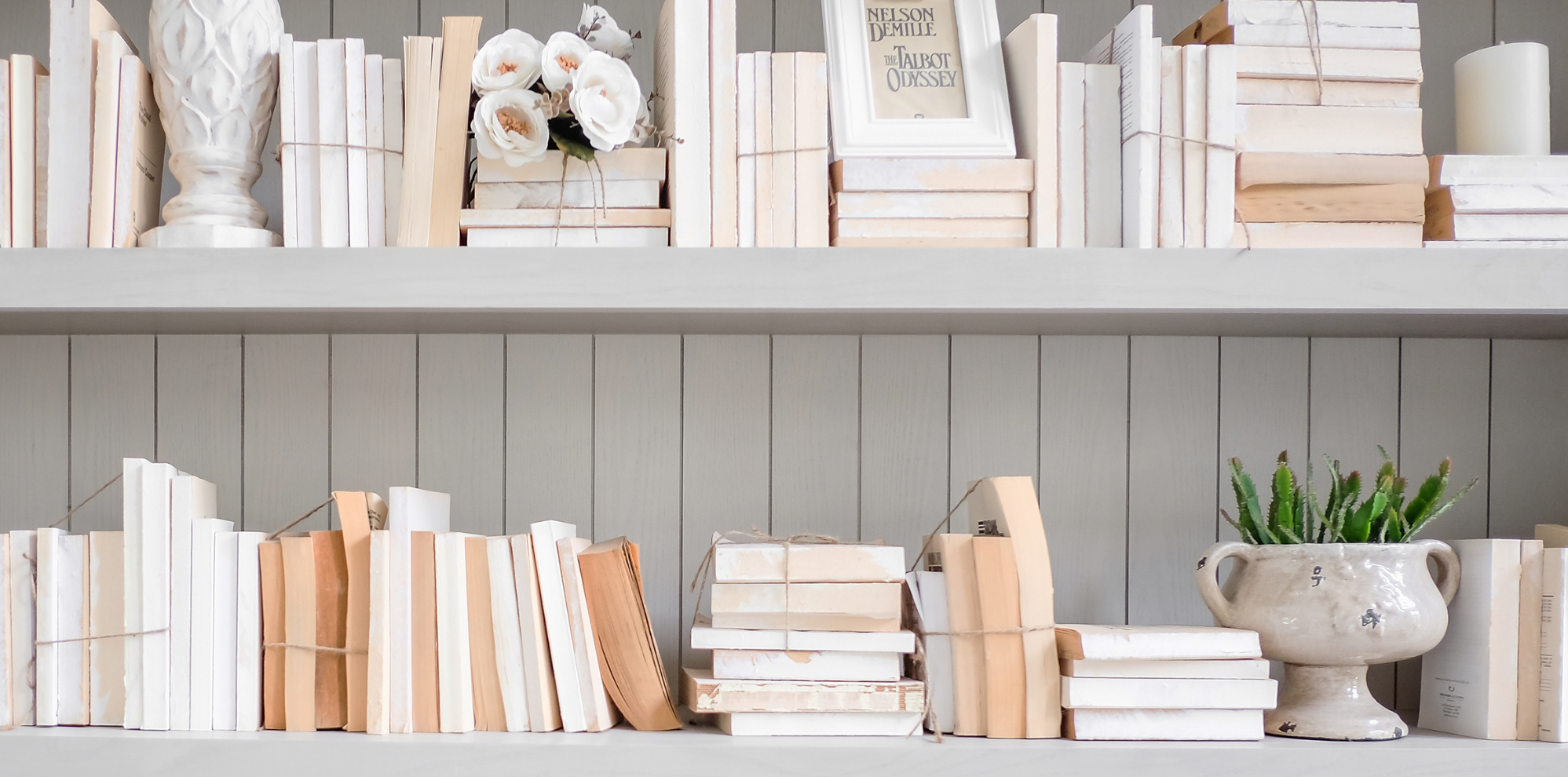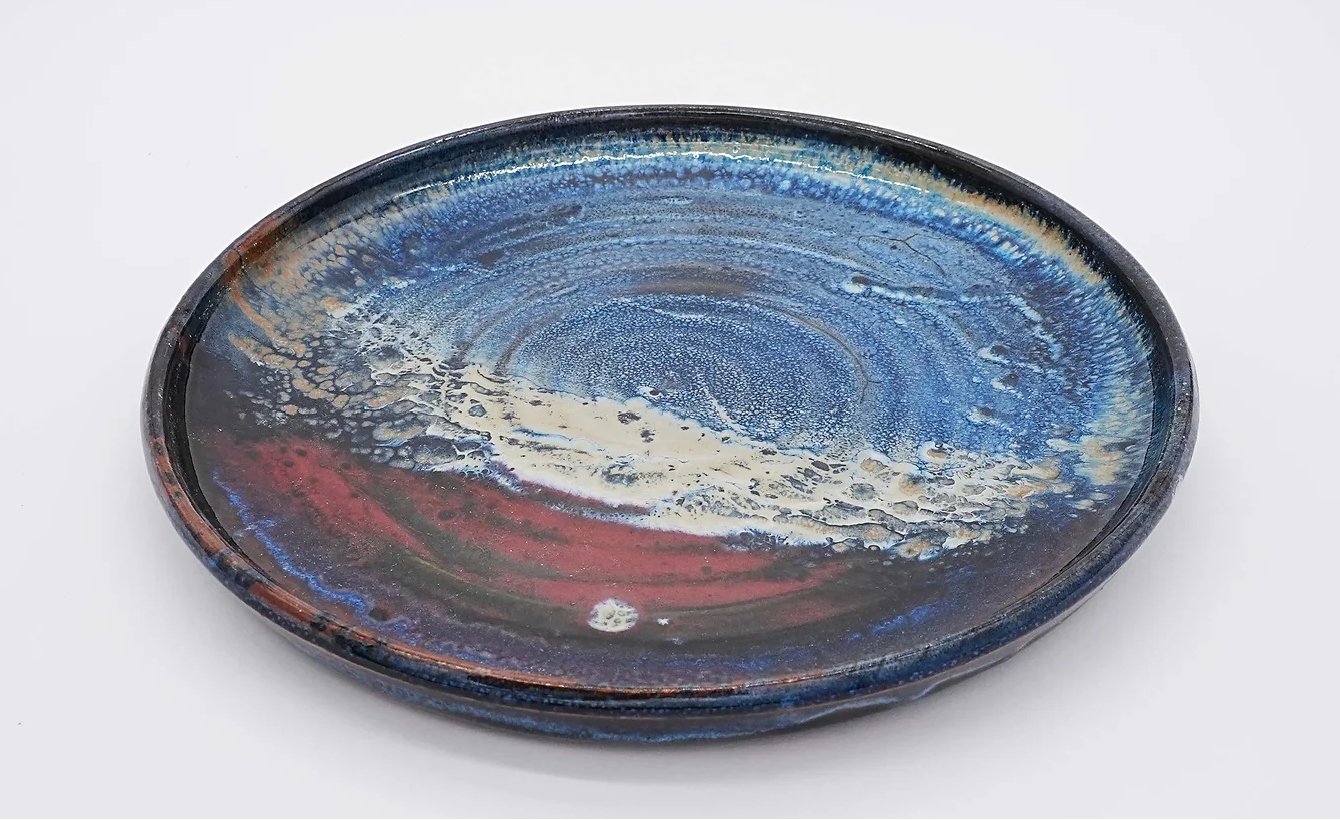Safety rules in the studio.

Summary:
Protect yourself from clay dust.
Where does this dust come from?
Silica
Metal oxides
What precautions should be taken?
Properly manage and recycle your raw materials.
Pay attention to chemical hazard pictograms.
Avoid kiln fumes.
Whether you are starting your business or taking part in a group lesson, discover the important points you need to know to work safely in a ceramic studio.
Adequate studio layout and appropriate actions will ensure safe practice and protect your health and the environment.
The Creamik school explains the essential safety rules to adopt in the studio.
Protect yourself from clay dust.
One of the main dangers in the ceramic studio is clay dust. If you breathe in too much of it over the long term, it is harmful to the lungs.
Where does this dust come from?
Silica
Dust comes mainly from silica, an element found in each step of ceramic making.
Clay and glazes (see our article on glaze), contain a high proportion of silica. By making or using slips or engobes you are also exposed to silica dust, since a slip is mainly made of clay.
Turning vessels that are too dry and sanding greenware or bisqueware create silica dust. Other processes are likely to generate it too: handling turned or trimmed waste, spraying glazes with a spray gun, or cleaning excess glaze from a pot.
The studio is therefore a space that very quickly accumulates silica dust (on the floor, on the wheel, on the wedging table, etc.)
The accumulation of silica by inhalation in the body can cause silicosis, an occupational disease caused by long-term exposure to silica. In 2021, silica dust was classified as a carcinogen.
Metal oxides
It’s a fact, metal oxides produce beautiful colours, but they are dangerous to the health of a potter. Lead, barium, cadmium, chromium and cobalt are among the most toxic oxides when being handled. Lead is known to cause lead poisoning.
Metal oxides are produced by combining metals with oxygen. They are dangerous when inhaled, ingested, or in contact with the skin, even in small quantities.
In a ceramic studio,oxides come in the powdered form, but they are used in far smaller quantities than silica or clays. However, you still have to be careful. And you should know that if a powder is soluble in a glaze, then it will be also soluble in a human body if introduced through skin contact.
In general, it is preferable to use powders in which the manufacturer has included between 12% and 15% moisture , to limit suspension in the air and then inhalation.
What precautions should be taken?
- Wear a mask when handling dry goods and powders (ideally an FFP3 type mask, but otherwise a Covid type mask)
- Use an FFP3 cartridge mask when handling metal oxides.
- Wear gloves that go up to the wrists when handling oxides or glazes.
- Use a water curtain glazing booth.
- Wash your hands well after handling.
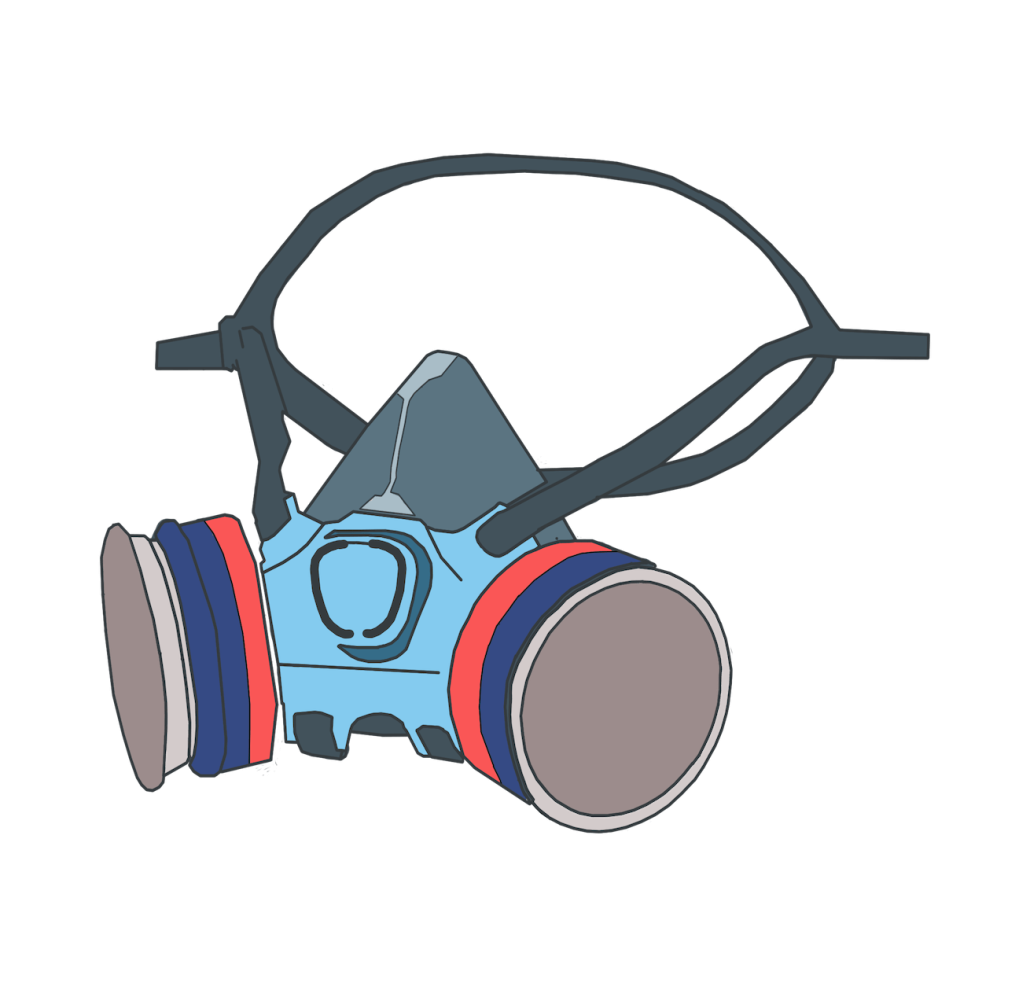
- Clean the studio regularly. Walking about in a poorly cleaned studio will cause silica dust to become airborne. Ideally, you should use a hoover, then wash the floor with lots of water and finally use a squeegee. Dispose of the dirty water via a siphon, all this while wearing a mask. A broom, on the other hand, raises dust. To be avoided!
- Clean all surfaces after each use to prevent clay build-up in the studio. Otherwise, water containing clay dust will quickly turn it into mud, which is much more difficult to clean…
- Keep work clothes in the studio.
When you have worked with glazes: before putting your clothes in the washing machine, soak them in a basin to remove as much toxic dust as possible, and dispose of the water from the basin in the glaze bin.
- Create a space for recycling glazes, because metal oxides are also dangerous for the environment (polluting land and water). Therefore, it is important to recycle them well and not to dispose of them in the natural environment.
To clean oxides or glazed vessels, always use a damp sponge and do it over a basin to catch the particles in the water. We return to this in more detail below.
- Store raw materials in closed, tight containers and keep them well organised.
- Do not eat or smoke in the studio.
Tip: To check if a cartridge mask is being worn properly, you must press the cartridge with your hands: if you feel that the air is no longer passing through and you cannot breathe, it means that the mask is correctly positioned, otherwise you can adjust the sides of the mask with the rubber bands.
Properly manage and recycle your raw materials.
To eliminate powders and dust as effectively as possible, basins and sponges are used very regularly in the studio. Moisten the sponge because the powders will be absorbed in the water. Water suppresses dust. Once trapped in water, it can no longer fly away. On the other hand, if we use a shovel, a brush or a broom, it will create a cloud of dust that we will breathe in.
- If you are doing something which involves dust, fill a basin with water, and let the powders/dust fall in it.
- If powder or dust is falling onto a flat surface (table, wedging table, floor..), dampen a sponge and use it to mop it up safely.

Once in the basin, the dust sinks to the bottom, and the longer you wait, the more compact it will become. A thick deposit will collect at the bottom of the basin.
The water floating on top of the solid residue below can then easily be siphoned off (it will no longer contain toxic residues) into the sink, and the deposit emptied into your glaze bin. A glaze bin is a large bucket at the back of your studio and it allows you to gather all your glaze waste. See our article on how to recycle your glaze.
To manage your glaze bin, you must wait long enough for the water to settle and for the suspended powders to form a deposit at the bottom. The clearer the distinction between the water and the powder sludge at the bottom of the bin, the easier it becomes to empty the bin.
Pay attention to chemical hazard pictograms.
As we saw in our last article on pictograms, certain chemicals must be handled with care.
Once you have assimilated this data, you will handle it without risk!
Avoid kiln fumes.
All kilns give off potentially toxic fumes, so it is strongly recommended that you do not stay in the same room while firing. Indeed, some oxides can become airborne when they vaporise. The vapours can escape and be inhaled, or settle on the floor and become dust again.
In addition to the vapors of certain oxides, gas kilns can give off carbon monoxide. This odourless and toxic gas is potentially fatal if inhaled.
It is highly recommended:
- To have a well-ventilated room
- To install the kiln outside, under a shelter or in an independent room
- To reinforce ventilation
- To install a carbon monoxide detector.
Particular attention should be paid to small living beings, such as children and animals, which are much closer to the ground and could inhale more dust. Avoid animals and children wandering around the studio.
You are now informed about safety rules to be adopted in the studio. There is no reason to be alarmed, you just need to follow best practice!
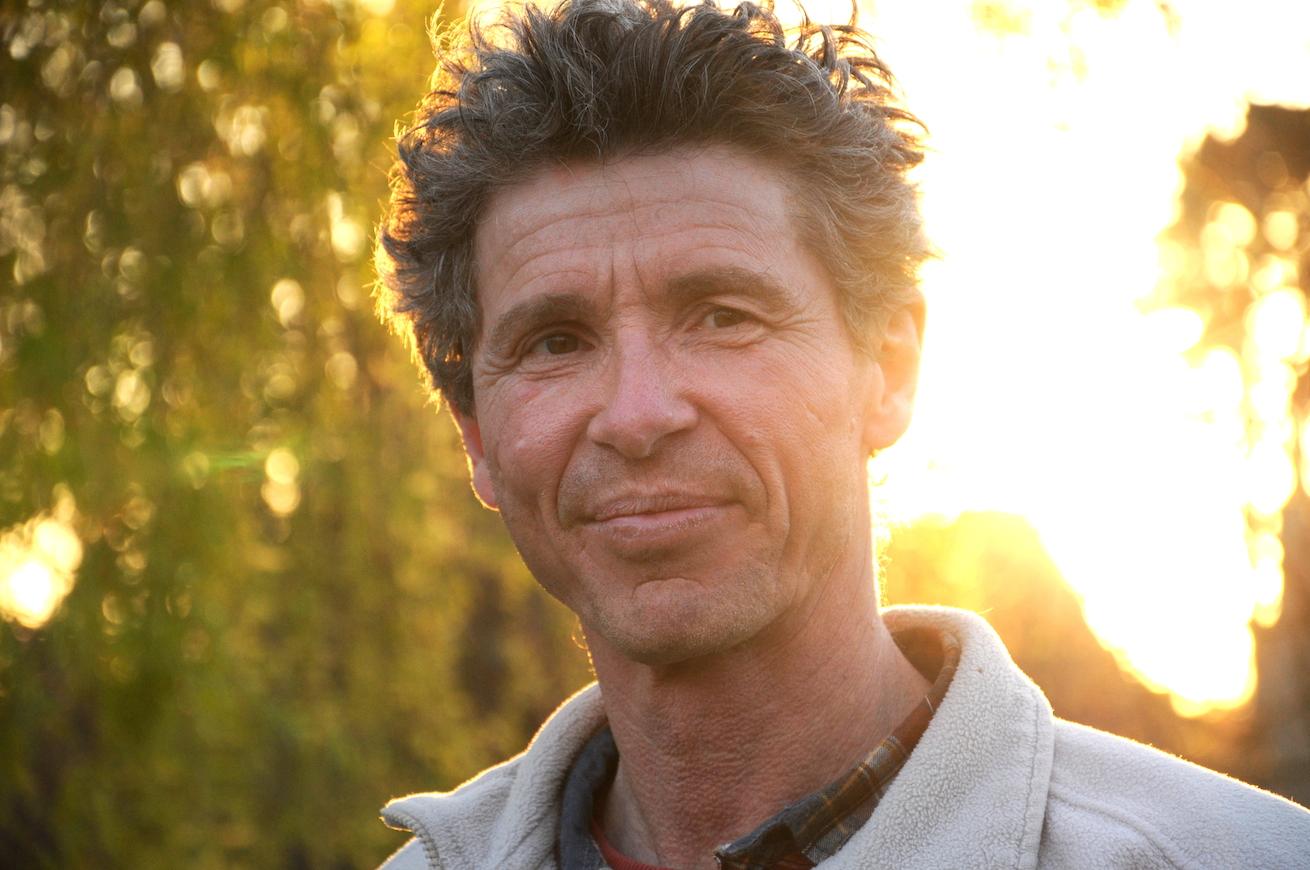
Resource centre
animated by Matthieu Liévois,
potter-ceramist for over 40 years and founder of the Creamik School
Find all the courses
Keywords
Don’t miss any more news from the Créamik school!


